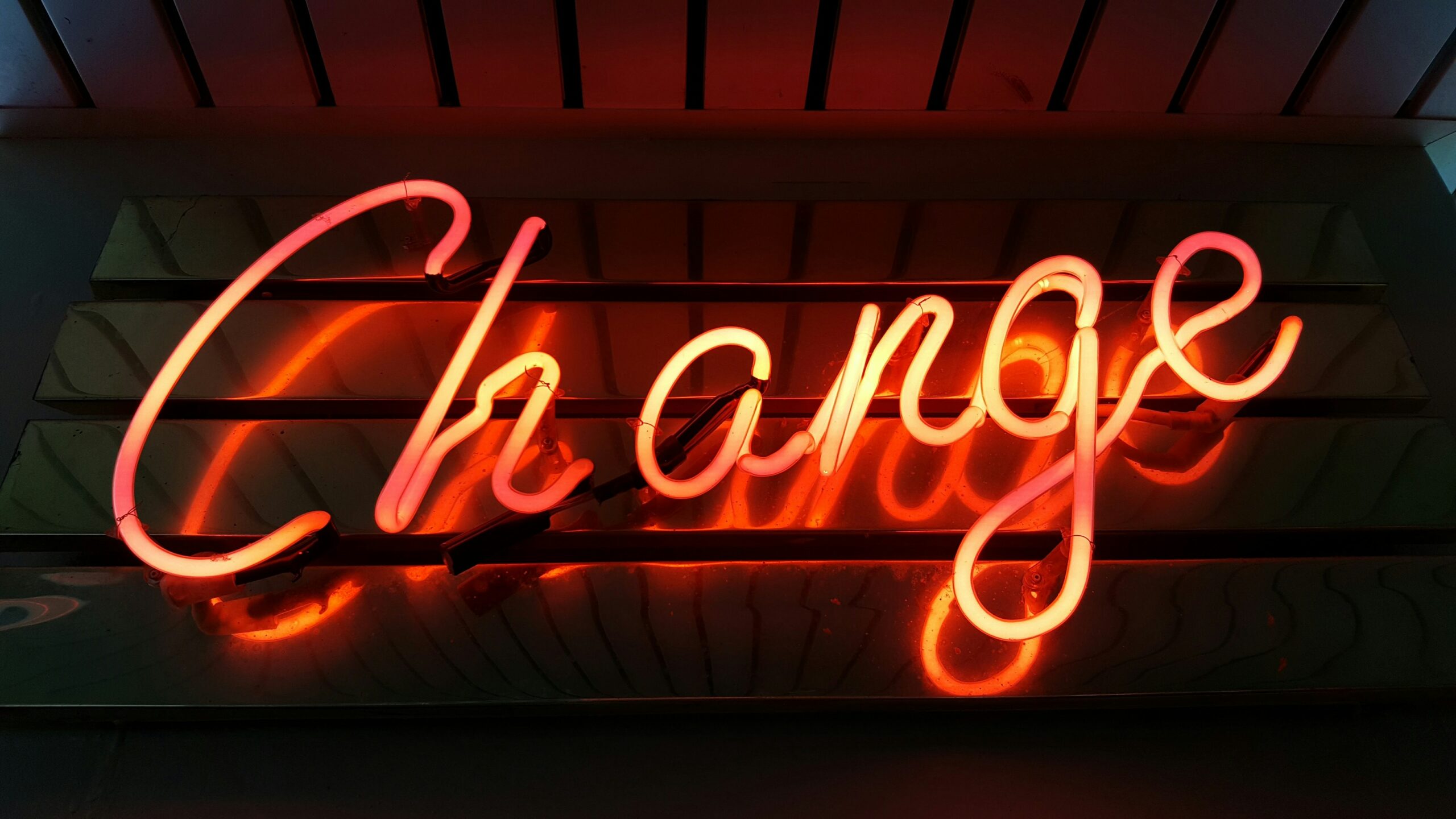Why Does Change Still Feel So Hard?
Change. It’s the one constant we can count on, yet it sends even the best organisations into a tailspin. Whether it’s adopting AI, managing hybrid work, or simply convincing everyone to use the new system without a Post-it cheat sheet, change is tough.
But here’s the thing: it’s rarely the strategy, process, or technology that causes change to fail—it’s people. Without buy-in, even the best plans collapse faster than a house of cards on a windy day.
The Recipe for Change That Works
If you want change to stick, you need to work on three interconnected areas: strategy, processes, and—most importantly—people.
- Strategy
Change needs a clear direction. A good strategy answers the big questions: What are we doing? Why are we doing it? And what’s in it for everyone involved?But here’s the rub: strategy can’t live in a bubble. Leadership alignment is non-negotiable. If leaders aren’t walking the talk, how can you expect anyone else to follow? - Processes
Processes are the nuts and bolts of change. If they’re outdated or clunky, even the best ideas will grind to a halt.This is where diagnostics come in. Using tools like systems thinking, you can uncover hidden bottlenecks and the sticky areas that derail progress. Sometimes, it’s not the people resisting change—it’s the processes making it impossible to achieve. - People
And here’s the heart of it all: people. Change can’t happen to people—it has to happen with them. Clear, honest, and timely communication is key, as is investing in leadership development. Leaders who know how to inspire trust and navigate uncertainty are priceless during times of change.
Seeing the Bigger Picture: Systems Thinking
Organisations are like ecosystems—everything is interconnected. Change in one area will ripple through the rest, often in unexpected ways.
Systems thinking helps leaders take a step back and see the bigger picture. Instead of patching surface-level problems, it digs into the root causes. What’s creating resistance? Where are the real opportunities for improvement? It’s about fixing the system, not just the symptoms.
A Real-World Example: When Change Works
A while back, we worked with a mid-sized organisation grappling with a common issue: they had a brilliant new strategy, but no one believed in it. Sound familiar?
The leadership team had spent months crafting the plan—it looked great on paper—but when it was rolled out, the response was lukewarm. One team member even called it “just another flavour of the month.” Ouch.
The issue wasn’t the strategy itself; it was that the people who needed to implement it felt left out of the process.
Here’s what we did:
- Got Under the Surface
We ran diagnostic workshops to uncover the real issues. Turns out, there were a few process roadblocks no one had tackled because “that’s just how we do things here.” - Engaged Leaders First
The leadership team needed to be more visible and vocal about the why behind the change. We helped them craft a narrative that resonated with their teams—not corporate jargon, but a story that connected to real challenges and aspirations. - Built Bridges Across Teams
Collaboration was another sticking point. We introduced regular cross-departmental check-ins – simple, consistent opportunities to align priorities, share challenges, and celebrate wins.
The result? Teams started to rally around the strategy, not because they had to, but because they wanted to. That “flavour of the month” label? It disappeared faster than the last biscuit in the kitchen.
2025: The Year of Doing Change Differently
The challenges of 2025 are real. AI, hybrid work, and societal shifts are shaking up the workplace. But with the right approach—one that prioritises people as much as processes—organisations can thrive.
The takeaway is simple: change is a team sport. Leaders who invest in trust, communication, and collaboration will always come out ahead.
Closing Thought:
Change doesn’t have to feel like pulling teeth. With the right mindset and tools, it can be a positive, energising experience. And yes, even that new system can be a win.







